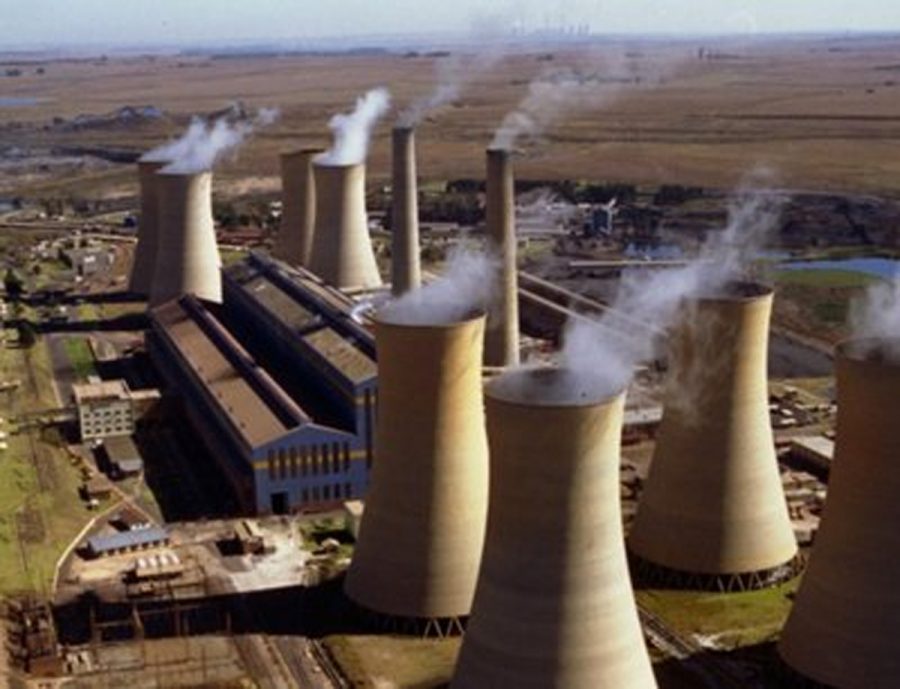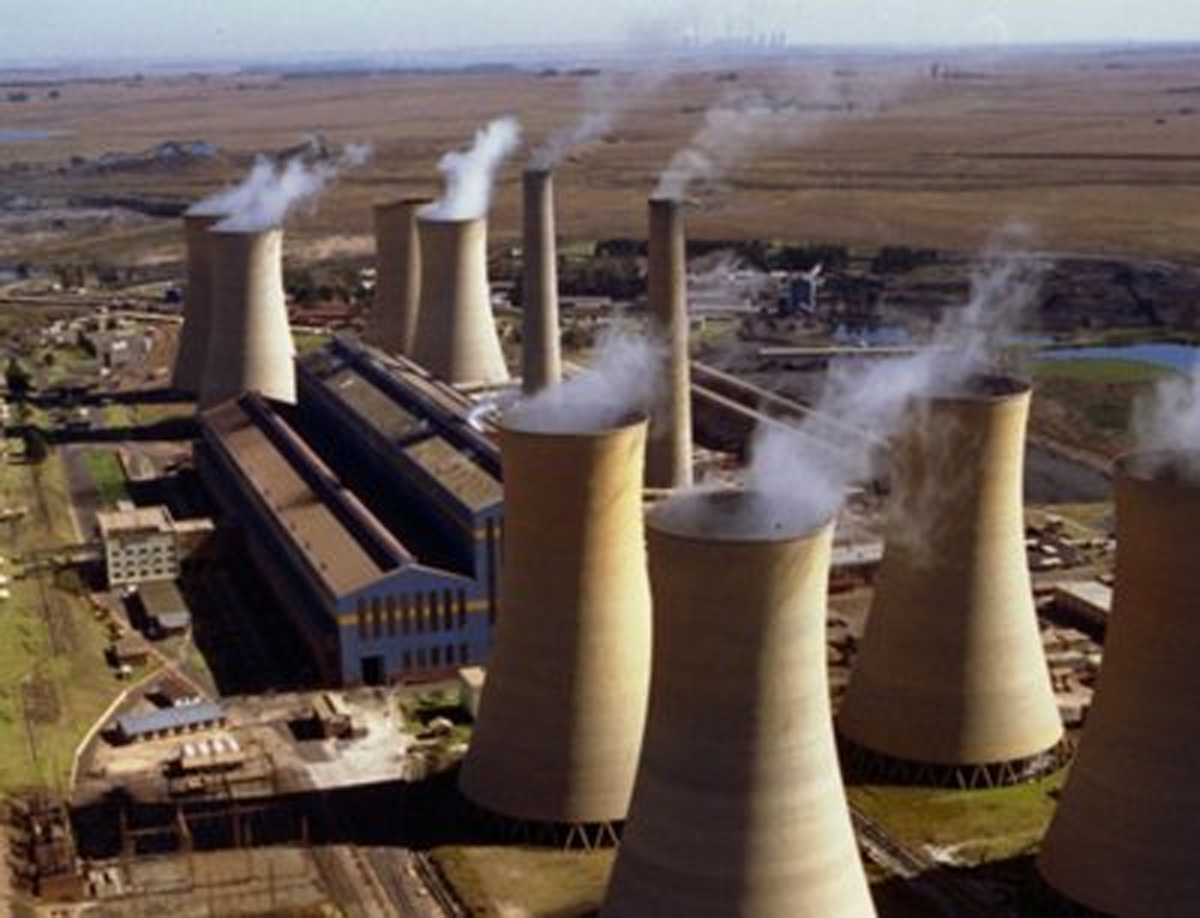
Several Eskom Units Successfully Return To Service
There’s good news for Eskom-using South Africans in that some generating units have returned to service. But there’s less good news too… as Eskom is implementing Stage 1 load shedding today (Wednesday 15 July)… as a “last resort” in order to protect the national grid. The power utility was set to implement Stage 1 load […]

There’s good news for Eskom-using South Africans in that some generating units have returned to service. But there’s less good news too… as Eskom is implementing Stage 1 load shedding today (Wednesday 15 July)… as a “last resort” in order to protect the national grid.
The power utility was set to implement Stage 1 load shedding from 9am until 10pm tonight.
But let’s focus on the good news: on Tuesday, Eskom successfully returned a generation unit each at the Medupi and Majuba power stations to service. And on Monday, unit 2 at Koeberg was synchronised into the grid.
“This additional capacity has significantly reduced the strain on the generation system. The progress, however, is still not sufficient to enable us to suspend this current unfortunate period of load shedding,” said the utility in a statement.
However, because of the improvements to the generation system, Eskom said it had been able to move from implementing Stage 2 load shedding to Stage 1 load shedding. UPDATE: However, Eskom later changed this, and confirmed it would be implementing stage 2 loadshedding from 2pm on Wednesday.
South Africans have been experiencing load shedding since Friday, 10 July.
“Eskom wishes to assure the public that implementing load shedding is the last resort, in order to protect the national grid,” said the power utility.
Meanwhile the return to service of a unit each at Tutuka and Kendal power stations has been delayed as teams work around the clock to return them to service.
For the power utility, the colder weather also means demand for electricity has risen significantly.
“We therefore urge the public to continue assisting us in managing consumption in order to reduce the impact of the supply constraints.” – SAnews.gov.za